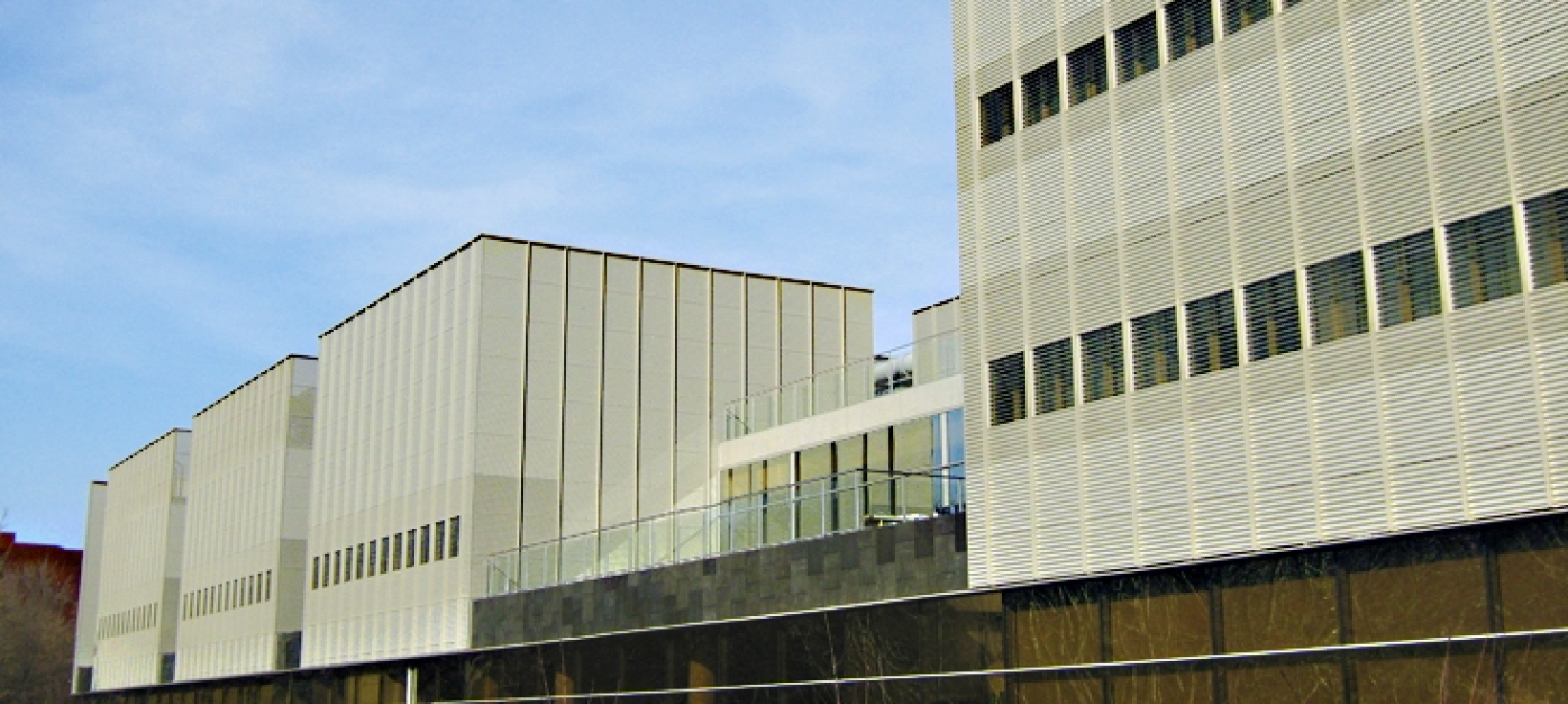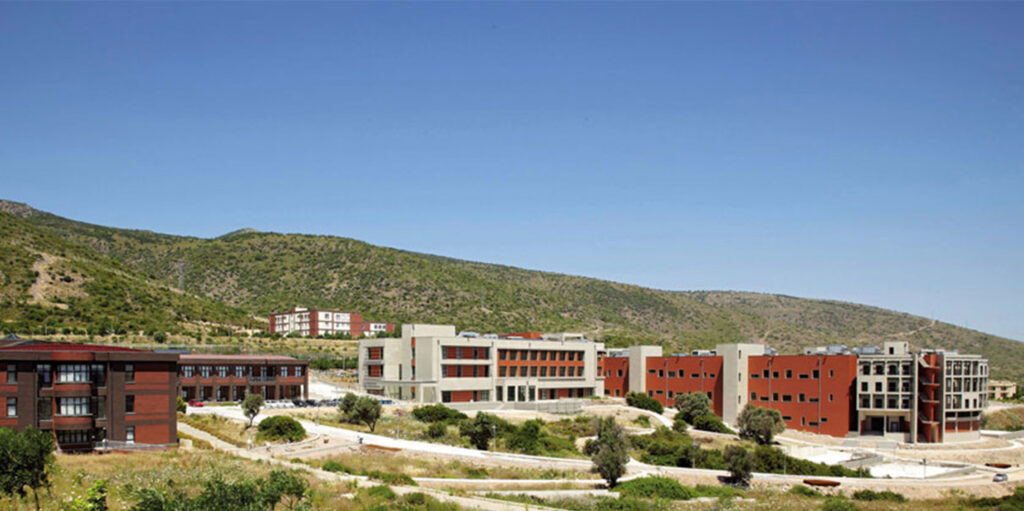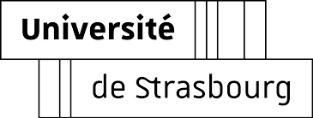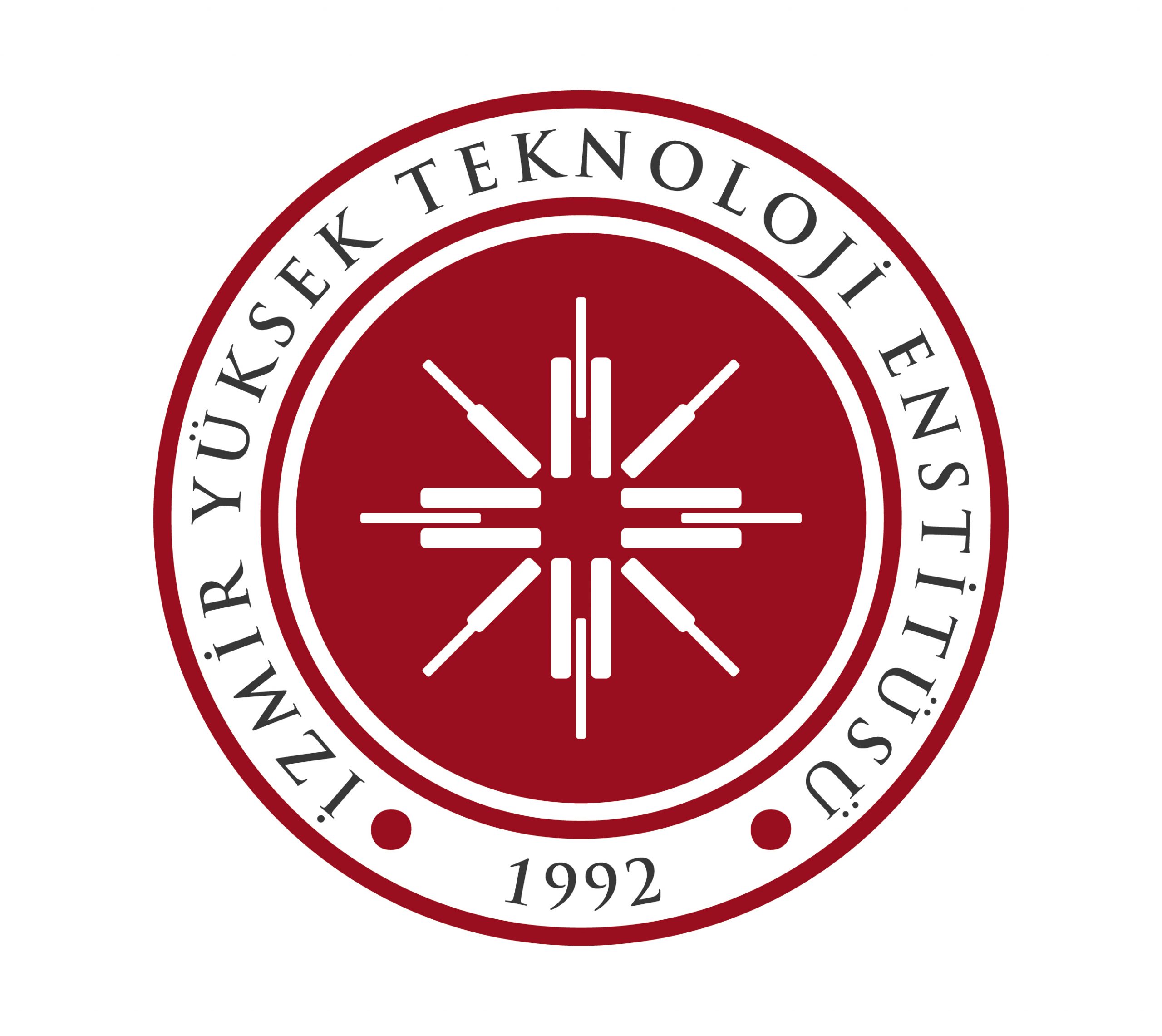The Team

CIC nanoGUNE
San Sebastian, Spain
Group/Department:
Nanodevices Group
Principal Investigator:
Dr. Marco Gobbi
Co-Investigators:
Dr. Beatriz Martín García
Prof. Luis Hueso
CIC nanoGUNE is a research centre, which has received the “Maria de Maeztu” recognition for scientific excellence by the Spanish Ministry of Science and Innovation, and has obtained the “HR Excellence in Research” awarded by the EC, recognizing institutions that follow good practices in the recruitment and hosting of researchers. CIC nanoGUNE is also a founding member of the Basque Research and Technology Alliance (BRTA), which includes several technological and research centres from the Basque Country and has the aim to foster technological development and knowledge transfer within the region.
The centre has extensive experience in the European framework and has hosted 3 ERC grants, 20 EU collaborative projects, 9 ITNs and 15 Marie Sklodowska-Curie individual fellowships in the last years.
The Nanodevices Group is a leader in the field of organic and 2D spintronics, and counts with an extensive track record of participation in EU-funded projects, from ITNs to ERC grants. The group is currently made up of 25 people, from postdoctoral researchers to undergraduate students and technicians.
Role in the project:
P1 will be in charge of the coordination of the project; it leads WP5 and WP3 and contributes to all other WPs. P1 will employ nanofabrication and magnetotransport experiments to characterize the magnetism of LMM/molecule hybrids and the performances of spintronic devices based on LMM/molecule; it will explore the use of light irradiation at low temperatures to provide dynamic functionalities LMM hybrids and devices.

Université de Strasbourg
Strasbourg, France
Group/Department:
Insitut de Sciences et d’Ingénierie Supramoleculaires
Principal Investigator:
Prof. Paolo Samorì
Co-Investigators:
Dr. Artur Ciesielski
Dr. Fanny Richard
ISIS is part of the University of Strasbourg (UNISTRA), which is one of the largest universities in France, with over 51,000 students (including 20% of international students) and over 2,800 teachers-researchers. Certified Excellence Initiative (IdEx) – obtained in 2010 and confirmed in 2016 by the national programme Investissements d’Avenir – UNISTRA strengthens its position as an internationally attractive university. The scale of research activity at UNISTRA is substantial, involving a European Doctoral College and its 10 doctoral schools and 71 research units.
In July 2017, UNISTRA was awarded the “HR Excellence in Research” certification by the EC in recognition of its efforts to generate and implement the Human Resources Strategy for Researchers (HRS4R). UNISTRA ranks first among European universities in the Nature Index 2017 Innovation. ISIS (https://isis.unistra.fr/) is a top research institute of UNISTRA. Founded by Prof. Jean-Marie Lehn, ISIS is composed of both academic and private labs, thereby offering an ideal playground for transfer of knowledge from academia to industry and intersectoral environment for training and research.
Presently, four Nobel Prize (Jean-Marie Lehn, 1987; Martin Karplus, 2013; Jean-Pierre Sauvage, 2016; Richard R. Schrock, 2005) and one Kavli Prize (Thomas W. Ebbesen, 2014) laureates are performing their research activities at ISIS. ISIS is a joint research unit (UMR 7006) of the Centre National de la Recherche Scientifique (CNRS) and UNISTRA.
Role in the project:
P2 will develop and optimize the protocols for the molecular functionalization of LMMs. Moreover, it will perform the physico-chemical characterization of the molecule/LMM interfaces using the techniques detailed in Section 1.3. Leader of WP1. It will contribute to all other WPs.

Budapest University of Technology and Economics
Budapest, Hungary
Group/Department:
Nanoelectronics Group
Principal Investigator:
Prof. Szabolcs Csonka
Co-Investigators:
Dr. Andras Halbritter
Dr. Peter Makk
The Nanoelectronics group (http://nanoelectronics.physics.bme.hu) of the Department of Physics (DP) is an internationally well-recognized low temperature transport team with the present focus on spintronics, molecular electronics and quantum electronics. The group is equipped with a wide range of cryogenic transport systems, VTIs, dilution refrigerators, magnets with field up to 17T, or vector field of 9-3T and operates a helium liquefier station as well.
They have access to state-of-the-art nanofabrication facility at ELKH EK MFA including e-beam lithography (30nm resolution), UHV sputtering/e-beam evaporation, RIE, ALD etc. The group has close to two decades of experiences on atomic and molecular electronics at low T, e.g. they discovered single atomic chains with molecular clamps or measured mesoscopic PIN code of molecular junctions. The Nanoelectronics team has also worked on 2DM based nanodevices for more than a decade, stacking setup, AFM etc. to create high quality vdW heterostructures are available. In the field of spintronics the group has studied exotic spin textures (BiTeBr) in novel 2DMs, explored non-local spin valves devices and new roots for spin injection.
The group has very recently developed a unique pressure cell setup which allows to study vdW heterostructure based nanodevices up to 2 GPa pressure, where the change of the distance between the layers can strongly tune the interlayer interaction. The Nanoelectronics team consists of 3 PIs, 4 post-doctoral researchers, 15 PhD students and ~10 MSc, BSc students. The new Nanophysics MSc programme of BME provides excellent training to young students. The team is coordinator / member of several EU networks.
Role in the project:
P3 will develop and fabricate nanodevices from LMM/molecule heterostructures, study their magnetotransport characteristics from cryogenic to room T, explore the response on different stimuli, change the magnetic properties with external pressure. P3 is responsible for WP2 and contribute to all other WPs.

Izmir Institute of Technology
Esmirna, Turkey
Group/Department:
Computational and Experimental NanoTechnology group
Principal Investigator:
Prof. Hasan Şahin
The CENT group led by Prof. Dr. Hasan Şahin conducts theoretical and experimental research to identify and understand the fundamental physical mechanisms underlying the surface, interface and transport behaviour of crystals and molecular materials. Studies carried out by CENT group in past 10 years have focused on 2D ultra-thin materials and perovskite crystals.
For theoretical investigation of electronic, magnetic, optical, vibrational and quantum transport properties of structures, the team use state-of-the-art DFT approaches. For experimental realization of theoretical predictions, the group also performs collaborative studies with experimentalists. The team's research areas cover interdisciplinary fields of nanotechnology, photonics, molecular electronics, materials science.
Role in the project:
P4 will be responsible for all theoretical calculations to be carried out within the scope of the project, and the Raman characterization proposed in WP4. Calculations, such as determination of electronic and magnetic ground states of crystal and molecular materials and how they change upon doping, are performed using DFT-based software. P4 is responsible for WP4 and contribute to all other WPs





